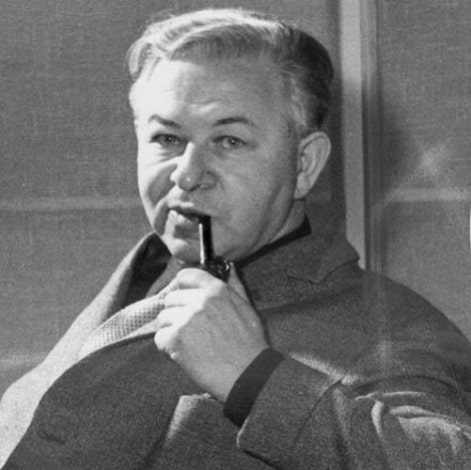The Lily chair was designed by Arne Jacobsen for the Danish National Bank in 1968. This first model (model 3108) was devoid of armrests, which will be introduced two years later, on the occasion of the 1970 Danish Furniture Fair (model 3208). Made from laminate veneer (composed of 8 wooden layers), the chair is the result of an extremely complicated molding process which ensures perfect curves and optimal comfort.
To celebrate 50 years of The Lily, which is the last chair ever designed by Arne Jacobsen, Fritz Hansen reissues the original version in walnut veneer.
>> See also the 150th Anniversary Edition
Shell molded veneer Base chromed steel
Height 83 cm Seat height 46 cm Deep 49 cm
Width 54 cm (model 3108), 62 cm (model 3208) Armrest height 71 cm
Guaranty 10 years
Lily 3208 walnut
anniversary limited edition
Lily 3108 walnut
anniversary limited edition




Each anniversary chair features a special tag mounted underneath the chair.
Arne Jacobsen

Arne Jacobsen was born on February 11, 1902 in Copenhagen. His father, Johan Jacobsen, is a wholesale trader in safety pins and snap fasteners. His mother, Pouline Jacobsen, a bank clerk, paints floral motifs in her spare time. The family lived in a typical Victorian style home. As a contrast to his parents’ overly decorated taste, Arne paints his room in white.
Background & school relations
He met the Lassen brothers at Nærum Boarding School: later, Flemming Lassen was to become his partner in a series of architectural projects. Arne Jacobsen is a restless pupil, always up to pranks, with a self-deprecating humour. Already as a child, he showed an extraordinary talent for drawing and depicting nature through scrupulous studies. He wants to be painter, but his father felt that architect was a more sensible choice.
The Pleasant and the necessary trips abroad
Jacobsen’s travelling begin already in his twenties, when he went to sea to New York. Then followed an apprenticeship as a bricklayer in Germany and a series of study and drawing excursions to Italy. Jacobsen produced some of his finest watercolours during this period, capturing atmospheres and shapes accurately and carefully. From the beginning of his career, Jacobsen turned his gaze abroad, without abandoning Danish traditions.
Arne Jacobsen behind the design
Jacobsen production reflects his personality: an insistent, perfectionist modernist, to whom no detail was trivial, although the main picture was basically black/white and unambiguous. On the other hand, the nature-loving botanist and jovial family man: like him, his work is precise and warm, Danish and universal, modern and timeless.